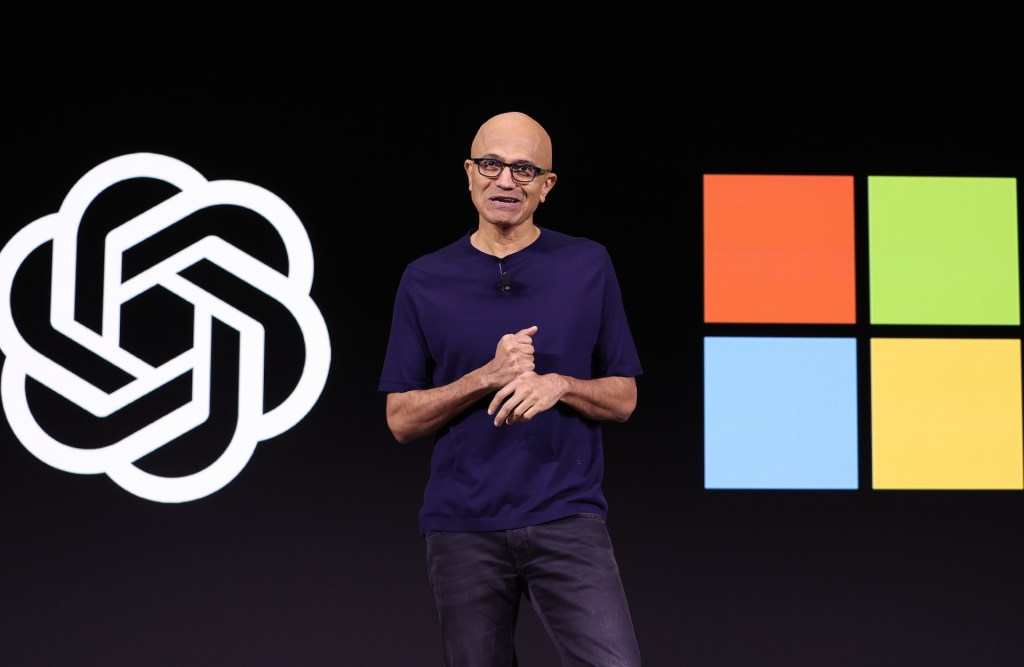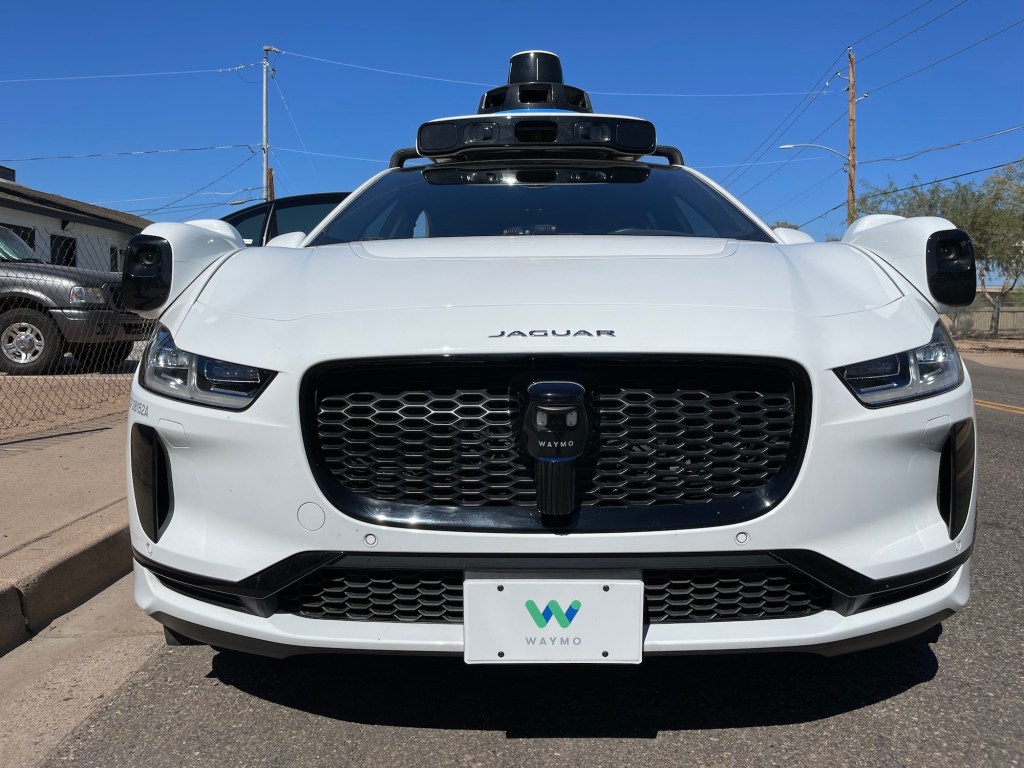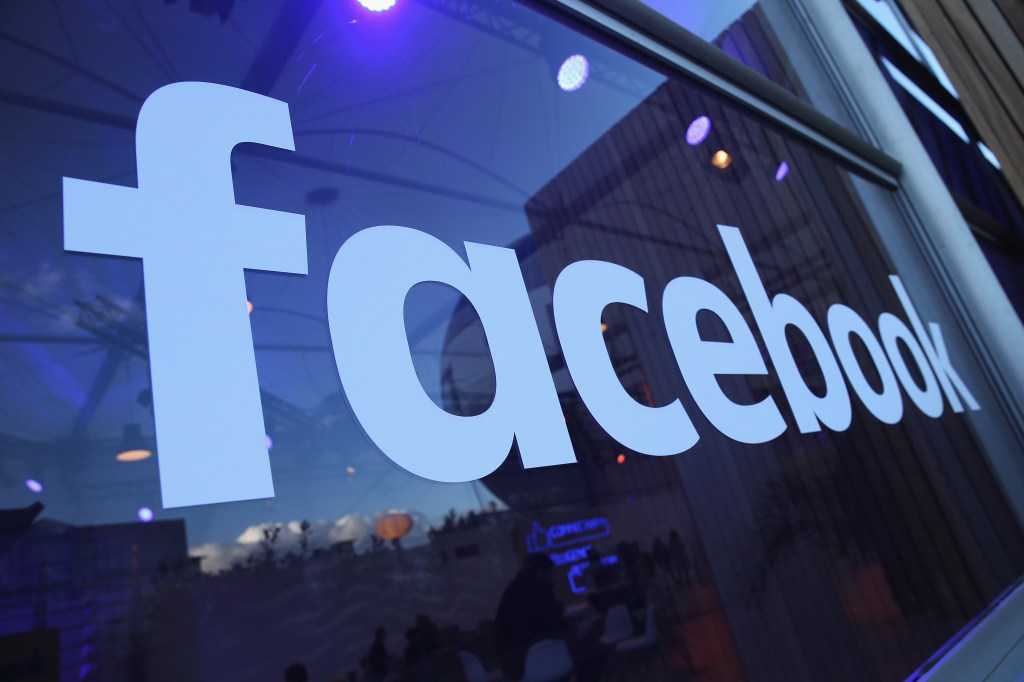Tony Scherba
More posts from Tony Scherba
Technology is surrounding us; its surface is becoming more complex, pliable and familiar to the eye. Virtual reality is no longer creeping into the mainstream: It’s leaping.
Just last month, secretive VR startup Magic Leap received more than $793 million in new funding through Google, Qualcomm and others, quickening its progress toward creating seamless experiences in which digital and physical worlds collide.
When MIT Technology Review editor Rachel Metz visited Magic Leap’s headquarters, she discovered a world where crisp virtual characters were already roaming the halls, waiting for a device to be perfected that will bring them into the public eye.
Not to be outdone, Microsoft revealed its plans to release a sleek-looking augmented reality headset this year, too. HoloLens will allow users to interact with holographic surroundings and characters, and Microsoft partners Volvo, NASA and Trimble are already testing it in the business world.
Though the industry is giddy with the potential of VR, the consumer is still a step away from being able to enjoy a virtual experience while riding the bus.
The hardware hurdle is being overcome
In terms of hardware, we’re standing just behind the starting line. Three companies are set to release VR headsets this year: Oculus VR, the Facebook-owned company, will release its Rift headset; HTC and Valve promise to release their Vive headset; and Sony’s model, the PlayStation VR, will emerge.
These are exciting launches, but each headset has its own hardware demands that haven’t quite been solved. The Oculus headset must be connected to an Oculus-ready PC, which isn’t cheap. On top of its $800 price tag, the HTC/Valve device needs a partner computer that costs $1,000. Sony has perhaps the most mainstream-ready device, although even it cannot operate unconnected to a late-model PlayStation.
Still, tech companies have demonstrated a remarkable ability to address hardware barriers. Microsoft’s HoloLens, for example, weighs less than a pound, and it’s designed to be worn with eyeglasses and ponytails, thanks to the headband that causes it to “float” atop users’ noses.
Magic Leap is developing its product to beam images into the user’s field of view to ensure virtual images are comfortable, sharp and indistinguishable from real life.
Motion sickness can also be problematic. The latency effect caused by VR displays refreshing can make users uncomfortable. To combat this, Google is baking additional sensors into its Cardboard device and improving its software.
Additionally, audio components must be improved to precisely map the body and determine the direction of the user’s gaze. The body uses sound to continuously orient itself, so devices mimicking reality must direct sounds from the angle at which the eyes view holograms.
The next major obstacle will be content
Today’s VR equipment still has some kinks to iron out, but the hardware is nearly complete enough for consumer use. However, for VR to make a proper splash, today’s software developers must focus their efforts on creating content that consumers will use on their headsets.
Developers should focus their efforts on these varieties of VR content to help users maximize their devices:
Virtual entertainment: VR has the potential to remake storytelling, from how we watch movies to how we play games to how we pass time while waiting for a flight.
In anticipation, large entertainment studios have partnered with VR companies, and some VR companies are even forming their own entertainment studios. Magic Leap’s enigmatic CEO, Rony Abovitz, has been tight-lipped about the features of his VR device, but he’s already dreaming of virtual concerts and cartoons.
Consumers are already getting excited about VR’s potential in the gaming world. In a manner endlessly more “real” than today’s gaming hardware is capable of, VR will immerse players in games. Environments will become more expansive as plots become more riveting and characters become more vibrant.
HoloLens recently hosted a contest to decide which VR game it would create. Voters selected Galaxy Explorer, in which users navigate space, land on planets and watch their homes be transformed into craters and nebulae.
Try-before-you-buy experiences: Industries in which consumers view or test a product prior to purchase will be transformed by VR.
With ample VR walk-throughs, home buyers won’t drive or fly out to see a property to get a good feel for it: They’ll be able to “live in” thousands of homes before making a decision.
Likewise, VR has the potential to become users’ new travel agent, offering a teaser experience of a holiday destination. Matoke Tours, an African travel operator, launched its virtual brochure app earlier this year, allowing travelers to ride a hot air balloon or meet a gorilla before they set off on the real adventure.
Automakers, too, can benefit from virtual content. Volvo has already pioneered the VR test drive to get consumers’ adrenaline pumping and their pocketbooks itching for the real deal.
Educational content: With immersive tutorials, lessons and professional experiences, VR will make education more effective, more hands-on and much safer.
With virtual lessons, Scottish children will sit in on lectures in South Africa. Immersive simulations can help students learn languages more fluently than classrooms ever could. History students could virtually experience events like Columbus’ discovery of the Americas and see long-gone cities mapped across contemporary landscapes.
VR also will change the face of professional training. NASA’s Sidekick project has already sent HoloLens devices to the International Space Station to help astronauts prepare for various life-threatening scenarios. Likewise, HoloLens has partnered with Case Western Reserve University to transform surgeons’ anatomical training. With the HoloLens, muscles can be investigated individually, students can practice procedures without slicing skin and a single cell can be traced uninterrupted.
VR has the potential to transform nearly every industry imaginable: product design, interior design, car manufacturing — the list goes on. One can hardly imagine all the new industries that will be created. To reach those innovations on VR’s horizon, industry content experts must partner with leaders in the tech sector to craft immersive content that educates, informs or entertains — or, hopefully, does all three.
VR has crept up on us faster than even we in the tech industry expected, and it’s on the cusp of consumer readiness. Fasten your seat belts (and headsets) and prepare for a new reality.































Comment